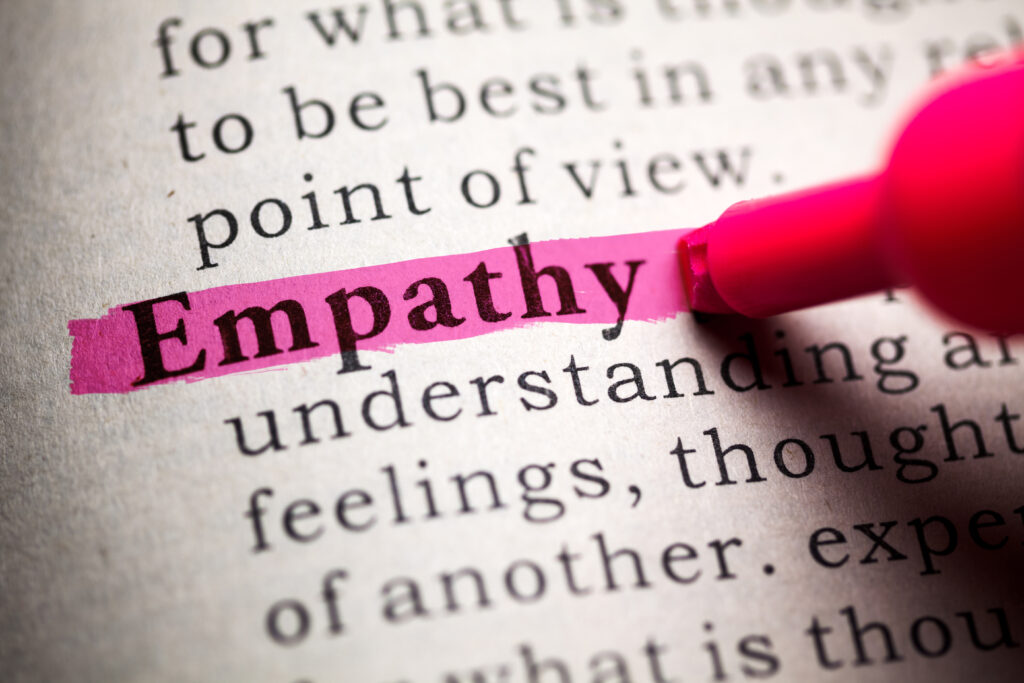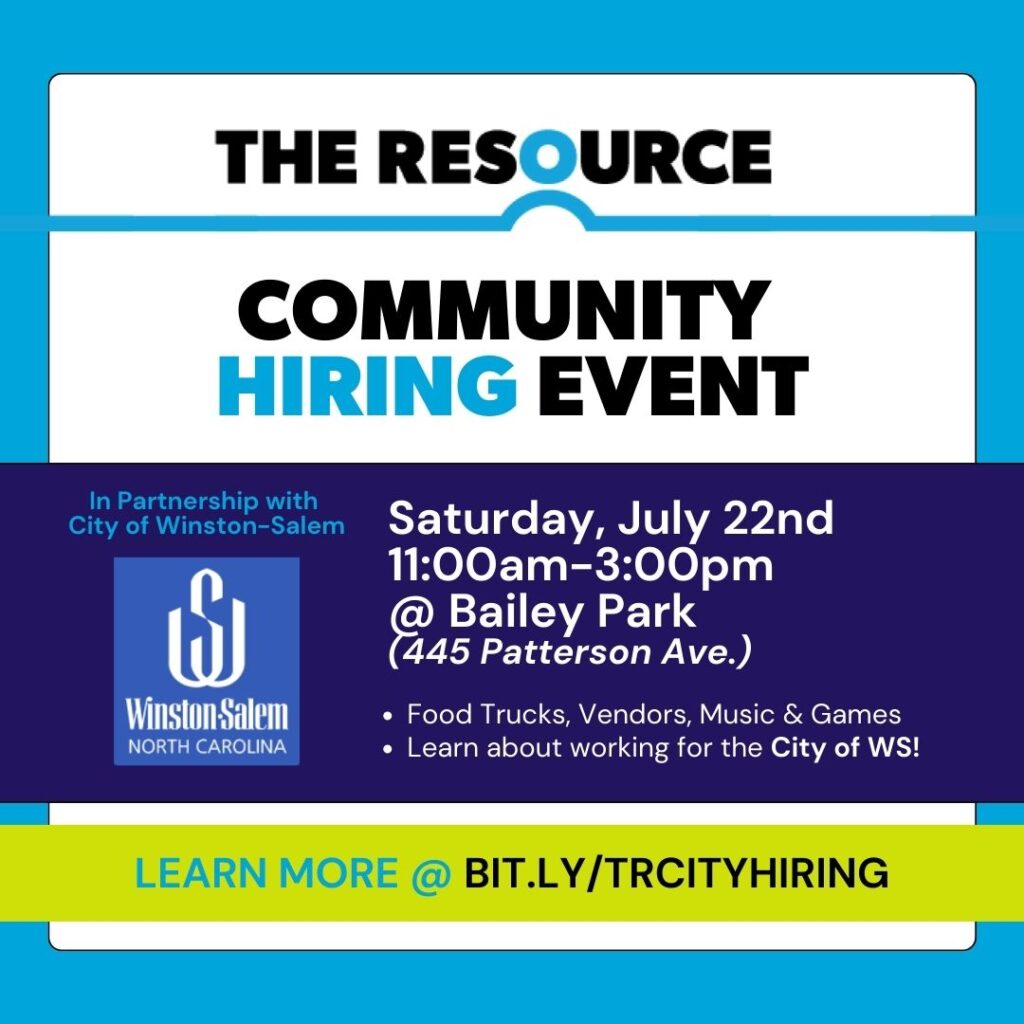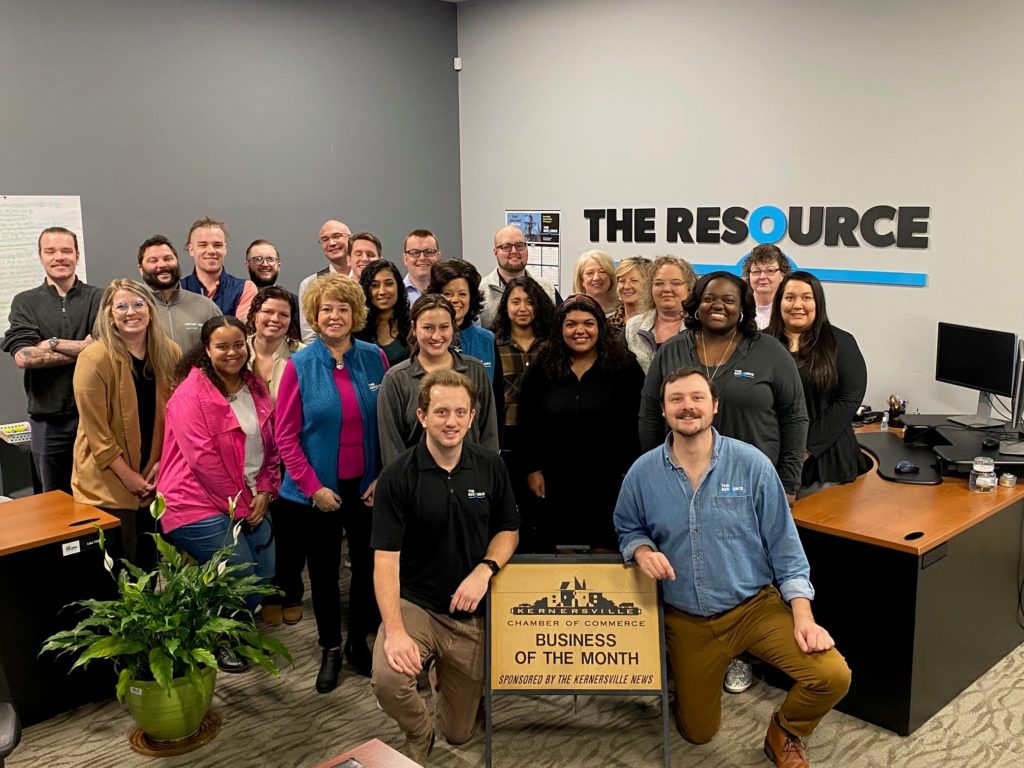The rollout of AI innovations seems to be picking up more steam each day: just as we learn about “the latest thing,” something new arrives hot on its heels. Less than a year ago, DALL-E exploded onto the scene, heralding the arrival of generative AI. Not long afterward, as people were just beginning to wrap their minds around how DALL-E’s capabilities could revolutionize the creation of images, ChatGPT showed up and challenged our understandings about text meaning and generation. In both cases there are raging debates about whether these tools will ultimately be net positives or net negatives. On the one hand, they can do what they do very quickly. On the other hand, they have opened a Pandora’s box of questions about creativity, copyright law, authorship, ethics, artistic license, and myriad other issues. AI holds a lot of promise in terms of making our lives easier. But until we have enough time, knowledge, and experience to adequately assess the applications—and implications—of AI, it’s unlikely that there will be a universal rush to embrace it fully (and without reserve) in all its forms. That said, we are already seeing some useful applications for AI in the business world. Some of them have been around for a while, operating in the background. For example, applicant tracking system (ATS) software has been in widespread use for many years, especially in larger companies. One function of an ATS is to use certain defined criteria—such as keywords, skills, or credentials, for example—to sort through job applications quickly. This is not without controversy, though: many critics point out that although an ATS may improve the efficiency of some hiring processes, it also frequently removes from consideration many people who don’t possess certain characteristics yet would actually be great employees, thus reducing workforce diversity. Productivity trackers, such as software that logs keyboard strokes and mouse movements, have also been around for a while. Supposedly, these AI applications can reveal when employees are “really” working. But they’ve been less successful at increasing efficiency than they have been at increasing employee unhappiness. No one likes being micromanaged and mistrusted in this way, and workers have figured out lots of ways to circumvent those applications (or, if they are able to leave, aren’t sticking around for long in the positions that use them). This is a clear case in which an AI implementation isn’t necessarily benefiting organizations. If we proceed thoughtfully, carefully weigh pros and cons, and measure risks, the business world is likely to find many interesting uses for AI. For example, it might be able to help streamline and automate even more elements of the recruitment process. In addition to its current task of reviewing applications, it might be pressed into service reviewing the applicants themselves—say, by analyzing their body language during interviews or by creating psychological profiles of candidates. (Without careful implementation, though, such uses could run the risk of repeating some of the same problems associated with AI-driven application screening.) Generative AI such as ChatGPT can also be a useful management tool by functioning as a sort of automated executive assistant to help managers with appointment scheduling, budgeting, project management, trip planning, and other tasks. If you’re thinking about putting in a rush order for every AI tool you can get your hands on, though, slow your roll! Leaders who rush to adopt AI applications risk damaging the relationships they have with their employees. When employees feel that AI is being brought into the workplace in order to undermine them (or eventually take over their jobs completely!), they will lose trust in their organizations and managers. Then engagement will nosedive, followed by drops in productivity and retention. It’s important to remember that even if AI applications can improve some aspects of work, people should remain at the center of the workplace: AI’s main function is to serve humans. If you keep that as your North Star as you wade into the realm of new and improved AI tools, you’ll have more success in implementing AI that benefits—rather than harms—your organization.











